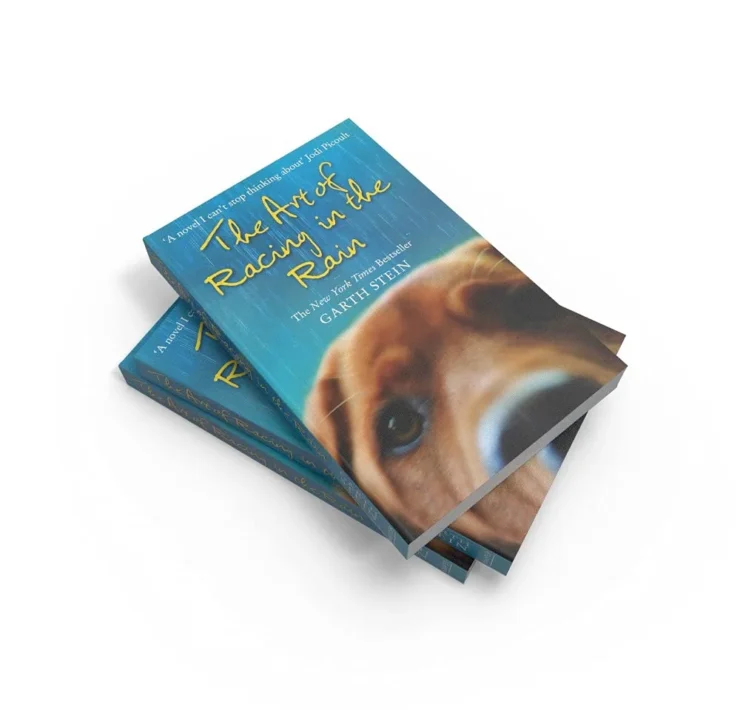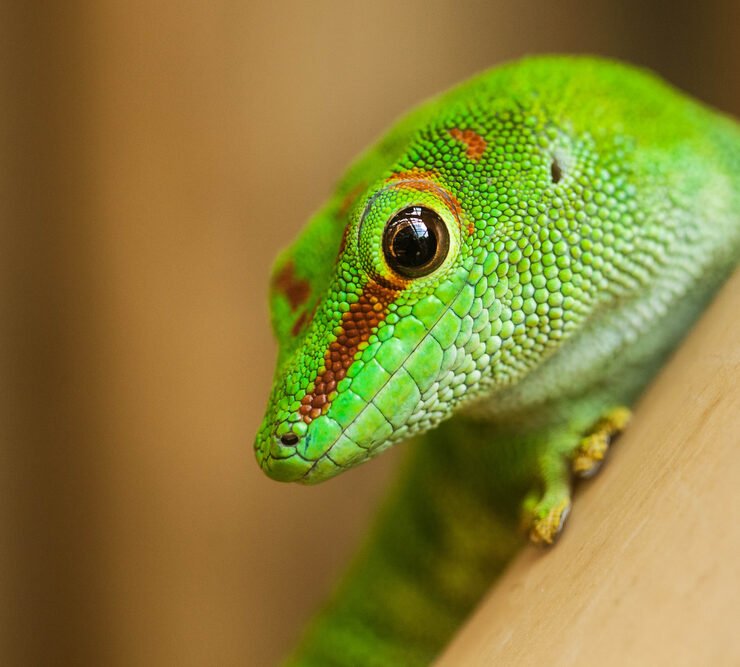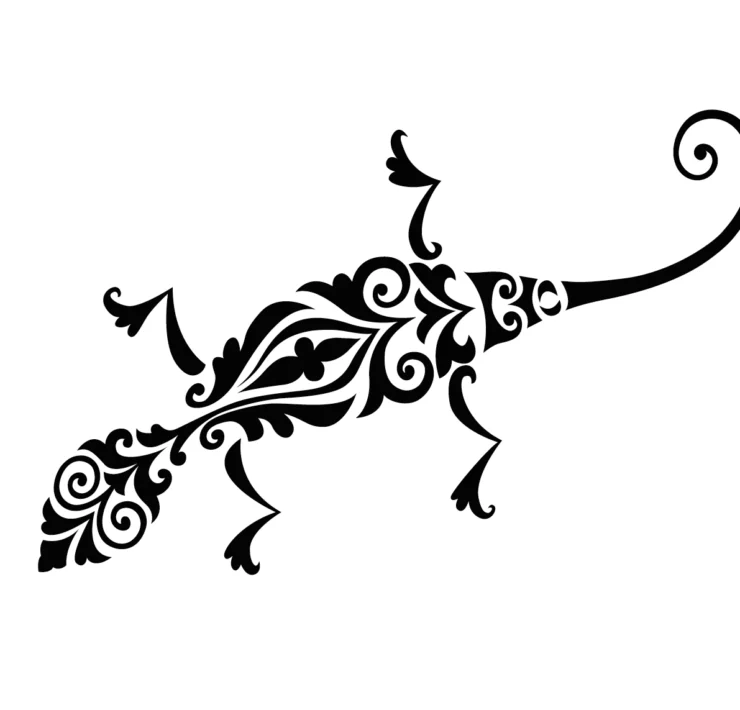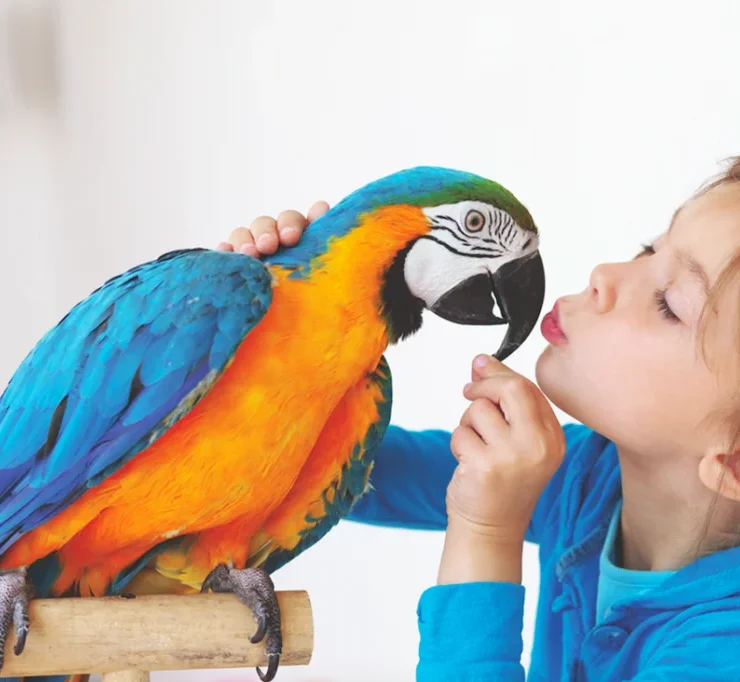Healing With Colours
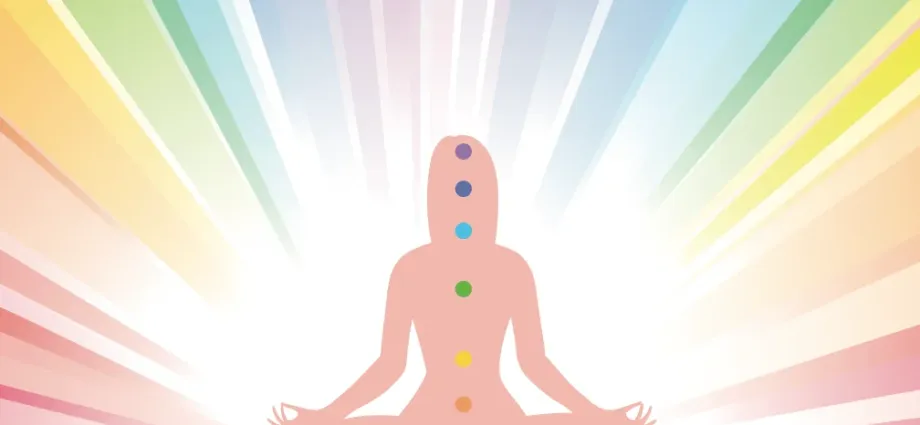
Alternative medicine is gaining a lot of popularity in the Middle East with its different healing methods and a rising rate of satisfied patients. From Reiki to Dance therapy, new healing practices are taking on the world, healing not only humans but now animals as well.
Colour Therapy also knows as Chromotherapy has been practiced for years. It is a mode of treatment used by the ancient Egyptians which now extends to the green hospital gowns, pale prison walls, orange restaurant themes and green or blue school wall hues.
Colours describe the personality, alter the mood, help overcome psychological illnesses and are also applied to treat epilepsy, colds, asthma, malaria, ulcers, polio, jaundice, tumours and many other physical illnesses in the form of Colour Therapy.
Whatever colours we wear or even eat and drink influence our body as well as our mood. When a person feels active and energetic he always tend to go for red. On the other hand, blue is a colour used for relaxation, a colour signifying peace, it is known to bring down high blood pressure, but if anyone is exposed to it continuously for more than ten minutes, might get depressed, or start “feeling blue!”
Orange is supposed to increase the appetite; therefore, many restaurants have their walls painted orange. The colour Purple, if applied to a child’s room, is said to enhance imagination.
Therapists believe that our bodies absorb colours. Diseases and emotional dilemmas occur due to the shortage of a particular colour in it. They believe that the body is composed of seven energy centres known as the “Chakras” which control its energy flow.
Animals see colours differently than humans but that does not mean they cannot benefit from colour therapy. In fact, animals have a natural sensitivity to electro-magnetic vibrations of sound and light. Their senses to these invisible vibrations are much more developed than in human beings, making colour therapy a very good healing method for animals.
Various Colour Treatments
There are many different colour treatments available. Light is the most popular source in colour therapy. Therapists also use flowers, crystals and coloured silks for treatment.
- Solarised water is the easiest method of healing in which the water is exposed to sunlight in a coloured container and then given to the animal as prescribed by the therapist.
- A quite known way of healing is the light box, through which patients are given colour treatment, using different coloured filters.
- An effective way to heal your pet pal is to try and introduce colours into their life through their accessories. Colours for treatment can be incorporated in their beds, leashes, clothes and environment.
Colours and Personality
We live in a colourful world where each colour has its own negative and positive characteristics that influence our pet’s traits.
Red: Red is an energetic colour. It is a good colour for pets and people who are confident and proud. However, aggressive and angry pets should be kept away from it.
Blue: If blue is your pet’s hue, then the pet is loyal and devoted. It is a good healing colour for pets recovering from an illness. Too much blue can lead to depression.
Yellow: Yellow is the colour of confidence and cheerfulness. It is a good colour to use while training your pet.
Green: Green is an earth colour and connects animals with the natural world. It has calming properties and encourages well-being.
Orange: Orange is a good colour for pets that need to gain a little weight! It may help stimulate appetite. It is a warm colour and promotes cooperation. However, too much exposure to orange can negatively affect the aggressive and irritated pets.
Purple: Purple is a relaxing colour. It is a very good colour for baby animals as it relaxes and encourages sleep.
Pink: It is a soothing colour. Encourages love and affection and arouses curiosity.
The Expert’s Opinion

Valerie Logan-Clarke, MIAC, MCTA, BSYA (S.Heal), is a professional Colour Therapist, practicing colour therapy in U.K. since 1997, using various methods of colour treatments on humans and animals. She is a founder of “Colour Therapy Healing.” We talk to her about the effects of colours on animals.
Does colour therapy have an effect on animals?
Yes, it certainly does. Animals respond to energy. Colour is simply light of varying wavelengths and as such is a form of energy. Animals pick up energy in a different way to humans and respond quickly and very honestly to colour. For example they can sense when a thunderstorm is imminent by picking up the change in the electricity in the atmosphere.
Do animals have “chakras?”
Animals have energy centres (chakras) the same way as we do and, in fact, their chakras are similarly situated. Animals do have another chakra, which is situated over the top of the shoulder, which is called the brachial chakra. This chakra is also sometimes called the ‘key chakra’ since it is a powerful one and can give access to all the other chakras.
Most animals have a dispersed energetic system, unlike adult humans. Our rational, human adult mind influences and sorts through the stimuli it receives from outside and assesses which vibrations to respond to and which we can ignore. However, animals receive energy from many different sources simultaneously and do not have this ‘brain filtering system.’ This results in dispersed energy and their reacting to and being aware of changes in atmospheric conditions, in a different way to humans. Instead of the energy being passed through the brain in an orderly fashion through the chakras, animals receive and give out energy through individual chakras and this makes them very sensitive to subtle vibrational and atmospheric changes. As an example, some animals become stressed before a thunderstorm, as they are able to pick up many types of vibrations in the air apart from electro-magnetic vibrations. It is this acute sensory system in animals, which makes them so responsive to colour energies.
How well do animals respond to colour healing?
I have found that animals respond very well to Colour Healing. It is quite common for them to doze off whilst being treated. They seem to really enjoy the healing. One of my feline patients was so tuned in to our healing sessions that once his session was complete, he needed a great deal of persuasion to move. His human carer often threatened to leave him behind due to his reluctance to leave my therapy room!
What method is used to give colour therapy to animals?
In therapy, colour is given in many different ways:
- Coloured light using a number of different light instruments that includes light boxes and crystal tipped torches.
- Coloured silks, which are laid on the body, not always so appropriate for animals, but pure cotton can be used here instead.
- Solarized water which is pure mineral water which has been energised with the individual colours, the water can be used to bathe areas of the skin or given in the drinking water so that it is taken in periodically throughout the day.
- Via the hands of the practitioner who will direct the colour required in a similar way to ‘hands on healing’.
- Appropriate coloured bedding, collars, saddle, blankets etc.
- Noting appropriate colours in the animal’s environment.
It is also worth noting that as an animal picks up on its human’s vibrations, therefore, therapists really need to be aware of treating the animal and its human family. Animals are very sensitive to emotional and thought patterns so they will be affected by any negative energy, which we are holding. They respond to peaceful, calm and tranquil thoughts and the energies that emanate from us and from the love we give. Animals sense “where we are coming from” and they will be drawn to someone who is giving out love, peace and harmony.
What is solarised water?
It is simply pure mineral water, which by using the power of sunlight, is instilled with the energy of a particular colour. Each colour has its own wavelength, which resonates with the wavelength of the energy centres or chakras in our body. The water is surrounded by the appropriate colour and the sunlight passing through the colour will energise the water with that particular colour’s vibrations. The water can then be used to help many conditions, either as drinking the water or by using it to bathe affected areas.
How can we solarise water?
It is quite simple. Use a clear glass receptacle with a filter of the desired colour around it and cover the top with muslin or some other cotton fabric or gauze. If you have a glass receptacle in the desired colour then use that. Fill the glass with pure still mineral water and place on a south-facing windowsill. In summer the process of light absorption should only take a couple of hours but in winter it may be necessary to leave the glass there all day. Then store the container with a lid on in the refrigerator. The solarised (energised) water will last up to 5 days.
Solarised water can be very helpful and is safe for adults, children and animals.

Can animals see colours?
Animals see colours differently to us. Different species have different eyes and some see more colour than others.
Does colour therapy only affect when colour can be seen by the patient or can colour blind people and animals also benefit from it?
Because colour energy is received via our electromagnetic field or aura, it means that we do not have to see the colour with our eyes, we feel it and sense it. It has been shown that people who cannot see can distinguish different colours. People who are colour blind, and of course colour blindness varies too, will still be receiving the wavelength of the colour whether they see is correctly or not. Thus animals can do the same whether they see the colour or not.
How can we incorporate colour therapy in our pet’s life?
By using calming colours. Try to use natural materials rather than man-made fibres. Solarised water is a good method. The water can be put in the animal’s drinking bowl. The bedding, leads, collars, saddlecloths, etc. should also be of appropriate colours.
Any specific colours that pets should not be exposed to?
Red is a difficult colour to use, it increases blood flow and blood pressure and promotes adrenaline production. So the old adage “red rag to a bull” is actually quite accurate. Red can produce a fear reaction or an aggressive reaction so great care should be used if red is needed for an animal’s therapy. For the inexperienced, it is probably safer to avoid it. One can use a deep pink instead if a warming and stimulating colour is needed.
Can colour therapy heal major ailments like cancer?
It should never be claimed that Colour Therapy is a cure for any particular ailment that applies to any complementary therapy of course. However, colour therapy can be used for any problem, whether physical, emotional, mental or spiritual. Cancer can be helped by colour but it is not an “alternative” it is a complementary therapy. The beauty of colour therapy, as against some other complementary therapies, is that it can be used safely and effectively alongside any other therapy, complementary or orthodox medicine. And it really can help.
How successful is colour therapy in behavioural issues?
Colour affects us on all levels, moods and emotions thus behaviour can be helped enormously.
How to calm an aggressive dog or cat with colours?
All factors need to be assessed, for example, why is the animal aggressive? Is it fear, is it pain? This can be difficult sometimes but generally the calming energy of blue can make a big difference.
Which animal do you think is the easiest to heal with colours?
Actually I cannot say as I feel that all animals are responsive to colour therapy.
Cats do love it. I have had cats that have been very reluctant to accept when a therapy session is finished. Then there are others who know when they have had enough and simply get up and walk away.
Horses are incredibly sensitive creatures and respond very well, as do donkeys. I have known guinea pigs that have adored it and an eagle owl that seemed to go into a trance. So, no there are no barriers.
Easy or difficult to help is more about the personality of the creature, whether that is human or non-human rather than the species.
Do you have any advice for pet owners planning to try colour therapy for pets?
There is a booklet that can be downloaded from my website about Colour Therapy for Animals which gives an outline of what the energies of the colours can help with. This could be very helpful. I also run workshops for both human health and animals and my next one is to be held in West Sussex on Sunday 20th July.
Colour Therapy is a truly natural, holistic, non-invasive therapy, has no side effects, and is perfectly safe whether being used for humans or animals.
Please always remember that no complementary therapy should be considered as an alternative to orthodox veterinary advice.
To get to know more about colour therapy workshops by Valerie please go to:
http://www.colourtherapyhealing.com/colour_workshops/colour_therapy_workshop_animals.php
Website: www.colourtherapyhealing.com
| Did You Know? • Red is the colour of mourning in South Africa. • The colour Blue was once used as a protection against witches. • Ancient Greeks wore white to bed for pleasant dreams. • Cleopatra loved purple, to obtain one ounce of purple dye, her servants used to soak 20,000 Purpura snails for 10 days. • The rate of suicides decreased by 50% when the colour of the bridges in London was changed from black to blue. • Goldfish lose their colour if kept in dim light. Similar to humans, they need sunlight to keep their pigment. • Mosquitos are attracted to the colour blue twice as much as to any other colour. • A lobster’s blood is colourless but when exposed to oxygen it turns blue. • Crocodiles are colour blind. • Mosquitoes prefer children to adults and blondes to brunettes. • A garfish has green bones. |

